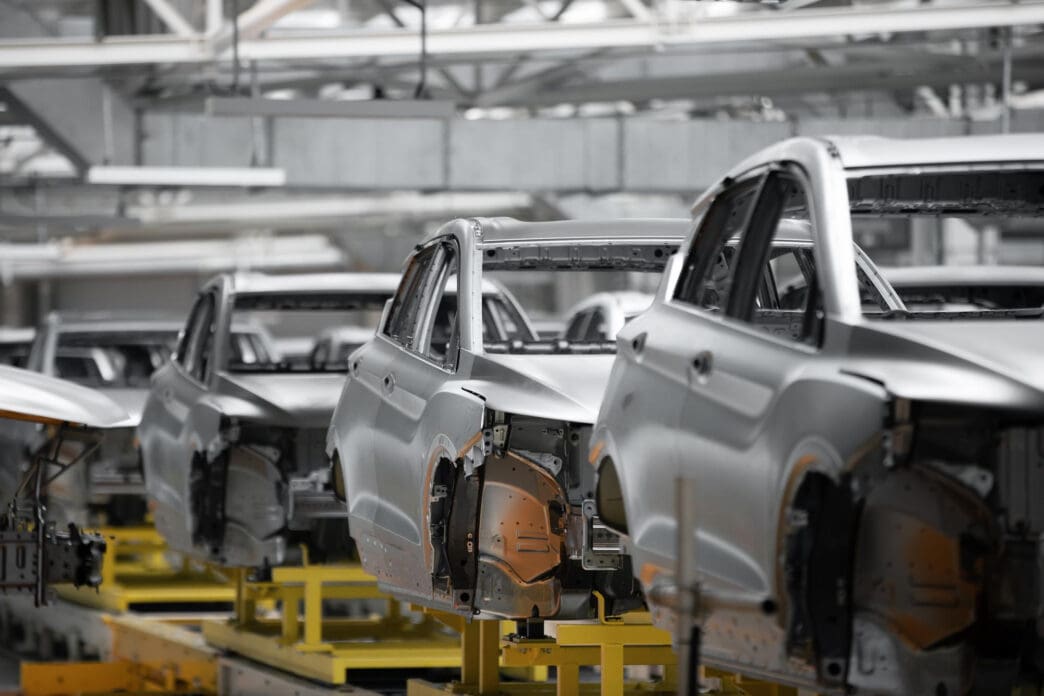Executive Summary
The Story So Far
Why This Matters
Who Thinks What?
China’s strategic five-year plans have consistently served as a central pillar of its macroeconomic policymaking since 1953, guiding the nation’s economic trajectory from nascent industrialization to its current pursuit of advanced technologies. Despite moving away from a command economy decades ago, these plans have been instrumental in transforming China’s limited industrial capacity into the vast production scale that earned it the moniker “world’s factory,” with the upcoming 15th plan expected to further cement its role as a global innovation hub.
Historical Evolution of Economic Planning
Over more than seven decades, China has implemented 14 successive five-year plans, each charting a course for national development. These foundational documents offer a comprehensive survey of the country’s complex economic history, reflecting significant policy shifts and strategic reorientations.
The plans have remained crucial in directing economic priorities, even as market forces have gained prominence. This sustained emphasis on long-term planning underscores Beijing’s unique approach to managing its vast and dynamic economy.
From Industrialization to Global Manufacturing Powerhouse
The initial five-year plans were primarily focused on establishing and expanding China’s industrial base. The very first plan, launched after the People’s Republic of China was founded in 1949, heavily prioritized the development of heavy industry.
This early focus was critical for a nation recovering from decades of conflict and facing isolation from Western countries during the ideological tensions of the Cold War. It laid the groundwork for China’s eventual rise as a dominant force in global manufacturing.
Through subsequent plans, Beijing systematically scaled up its production capabilities, transforming a largely agrarian society into an industrial giant. This concerted effort led to the country’s widely recognized status as the “world’s factory,” producing goods on an unprecedented scale for global markets.
Shifting Towards High-Tech Innovation
Today, China is embarking on a new economic chapter, aiming to ascend higher in the global value chain. The focus has decisively shifted from mass production to fostering innovation in cutting-edge sectors.
Beijing’s current ambition is to become a global hub for advanced technologies and scientific breakthroughs. The forthcoming 15th five-year plan is anticipated to be a pivotal instrument in driving this strategic transition, emphasizing research, development, and high-tech manufacturing.
Key Takeaways
China’s five-year plans have been fundamental to its remarkable economic transformation, guiding the nation from an underdeveloped industrial base to its current position as a global manufacturing and emerging technological power. These strategic blueprints continue to shape China’s future economic direction, with an increasing emphasis on innovation and higher-value industries.








